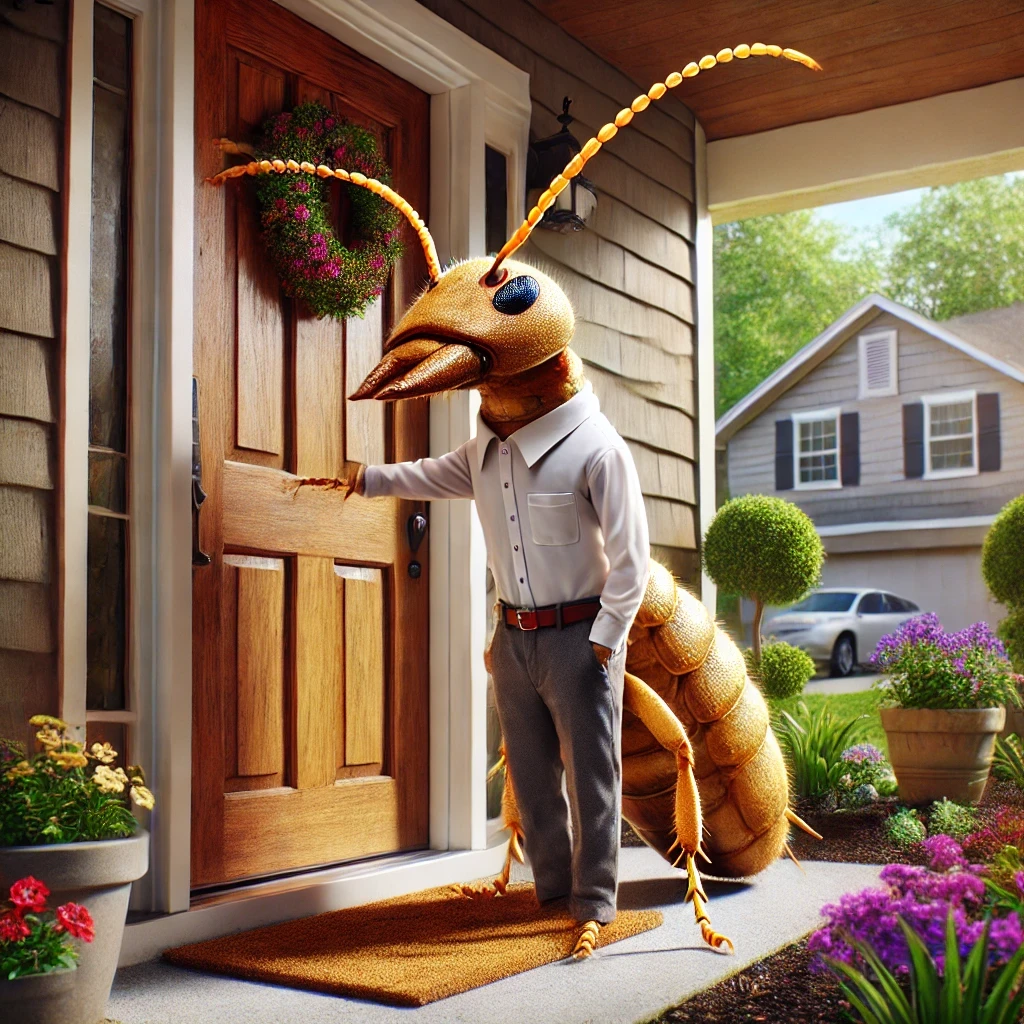What food attracts ants?
We’ve all done it: left out a bowl of food, forgotten a cup open to the elements overnight, or left a spill on the counter for your future morning self to deal with. And what do we too often find in the morning capitalizing on our decisions? A trail of ants hard at work making good use of the food you thought you had left behind. As they say, one man’s trash is another ant’s treasure! But we will continue to be humans and forget things out on the counter, and that is why it is important to educate yourself on what foods, in particular, attract ants so you can be careful where it matters. When it comes to ant infestations, we must work smarter, not necessarily harder!
To start, there are many different breeds of ants. Since each breed of ant has distinct reproduction and eating patterns, if you are dealing with an infestation a professional can be very helpful in determining which ant and which method will eradicate them. To prevent an infestation, however, it is important to understand which types of food will trigger a scout ant to come sniffing around, and how to store them safely so that you can enjoy the foods you love away from ants who would also like to take a bite. Once an ant has found food, it is likely they will nest in your home and then keep returning back time after time for a tasty bite to eat. Think preventatively so you do not have to deal with this down the line.
Storage solutions
Regardless of the food type, all foods in your kitchen should be kept in an airtight container made of plastic or glass to ensure you’ll keep ants away. Fruits and vegetables left to ripen in the open air are a sure-fire way to attract these insects, so stick fresh produce in the fridge once it is ripe.
Ant diet
First things, first- beyond diet, ants are attracted to water. So if you are dealing with a broken pipe in your house or a lot of standing water for some reason, that could be one thing drawing ants inside.
To get down to the meat of the matter- within all of the ant variations, they all still pretty much eat the same thing- carbohydrates (we’re talking sugars), plants, and proteins from other meat sources. Some ant varieties, like leaf cutter ants, are vegan and mostly eat plant material, such as grains, seeds, and leafy material. Leafcutter ants are actually even known to groom species of leaves, flowers, and other vegetables that refuse to make into compost to nurture a fungus they feed on. Others, like fire ants, are omnivorous and will eat a range of foods from sugars to proteins like other animals. These ants will eat dead animals, other insects, even whole birds! And still, others are even carnivorous, invading nests of their competitors and eating other ant eggs and worker ants. It sure is a fascinating world of ants out there! But when they are inside your home, it is anything but interesting! Beyond the fascinating world of ants, it is helpful to know the basics of ant diets so we can know what to keep away and what to be especially cautious of. We all make mistakes and go to bed before cleaning up every once in a while. If we know what to put away in our most tired states, we can give ourselves some grace AND keep the ants at bay.
Food types
Sweet foods- Regardless of the variety, almost all types of ants are attracted to sweet foods. Think of the classic ant trail leading up to the watermelon on the picnic blanket! The scent of fruit, or syrup, or sugar will alert their little ant senses and have them searching far and wide for the source of the sweet treat. Scout ants are the first to search, and once a sugary morsel has been located, a whole trail of them will be quickly behind, swarming around the food source until they devour to their fill! Sweets left out after a party will bring them, as will a stray crumb left on the floor. So make sure you sweep up and wrap up the leftovers or risk having no more cake and many more ant friends in the morning.
Greasy foods- As we mentioned earlier when talking about diet types, some ants are attracted to protein sources. Greasy foods, such as fast food wrappers, hold the smell of a lot of grease and fat. Carnivorous and omnivorous love this smell, and will run towards it to get every last protein morsel! Throw wrappers and other remnants of grease, fat, and protein out quickly and make sure to discard them in a place with a top!
Trash- Speaking of trash, ants are attracted to all sorts of discarded items that we might not think twice about. This can include gum wrappers, produce odds and ends, or other crumbs. To avoid ants from setting up their home in your trash, make sure you store your refuse in a bin with a tightly closed lid.
With all of these ant enticers- make sure to clean up crumbs, wipe up spills, and put leftovers away in sealed containers. These are all good preventative measures for removing the incentives and therefore keeping the ants away!
Dealing with an infestation
If you’ve forgotten your vigilance, or if an infestation happened anyway, a pest professional is essential for helping you deal with your ant problems down to the source, and for fixing any problems to prevent one in the future. Some ants simply move into your home because they prefer the inside shelter and they found a crack to crawl through. A pest professional will have tips and tricks to prevent pest incursions and can recommend routine maintenance to allow you to maintain your pest-free standard of living.





